1. The Bottomless Well
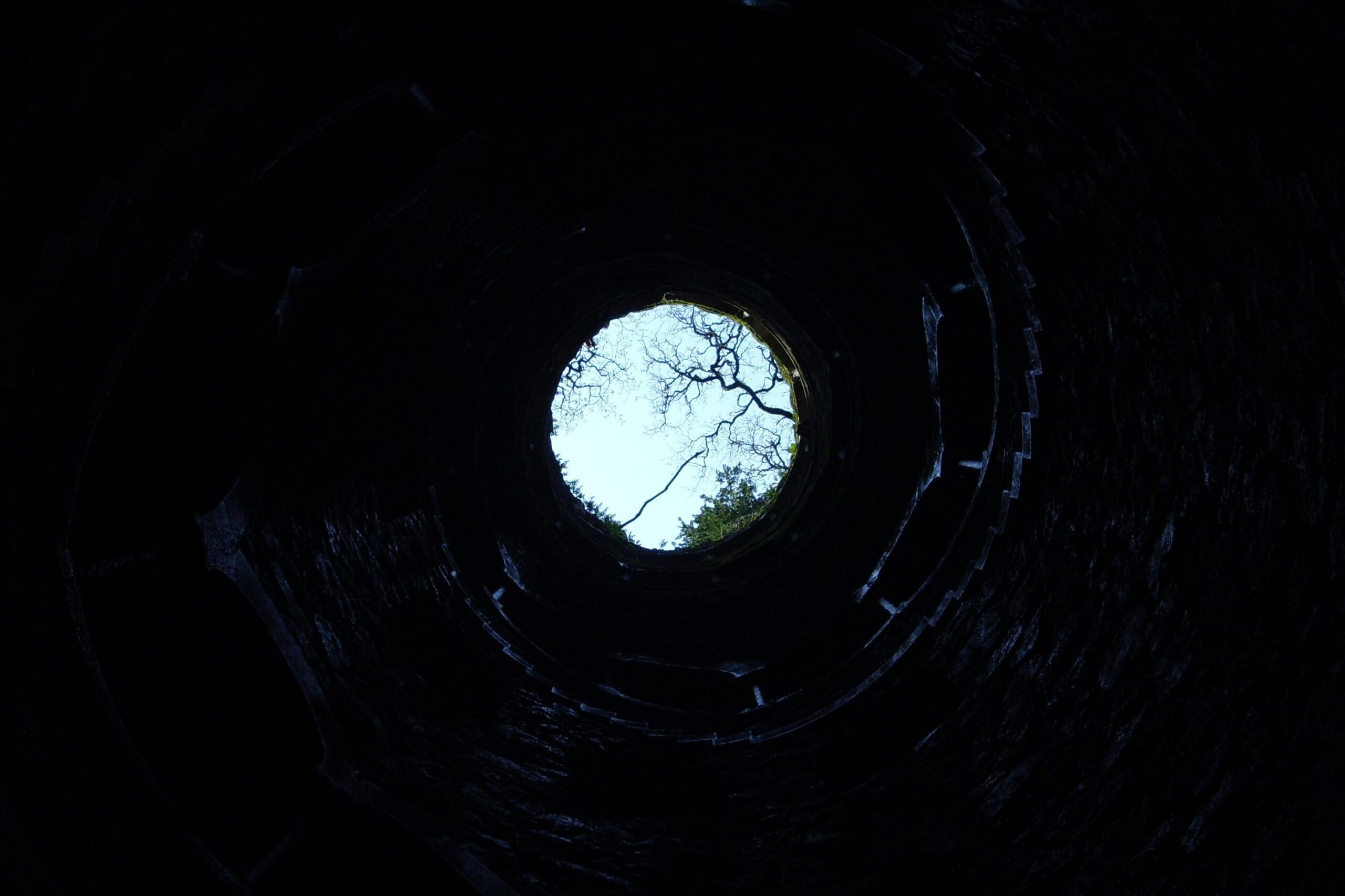
For centuries, some villagers swore that certain wells had no bottom. The story went that you could drop a stone or even a bucket down and never hear a splash, as if the water swallowed it into another world. Kids would dare each other to lean in and listen, but no one ever wanted to test it too far for fear of falling forever. Parents used the tale as a warning to keep children from playing near the edge. The myth often mixed with religious overtones, with whispers that these wells connected to hell itself. Some said demons lived down there, ready to pull down anyone foolish enough to look too long. That imagery made even the most practical person hesitate before lowering a pail.
The bottomless well myth may have grown out of simple exaggeration. Deep wells often delay the sound of a splash, creating that eerie pause. To people living without modern science, the absence of a quick echo felt like proof of endless depth. That delay fed imaginations and kept wells surrounded by an air of mystery. Even today, standing near a very deep well can bring a strange shiver. It’s easy to see how people once thought they were staring into infinity.
2. Poisoned by Spirits
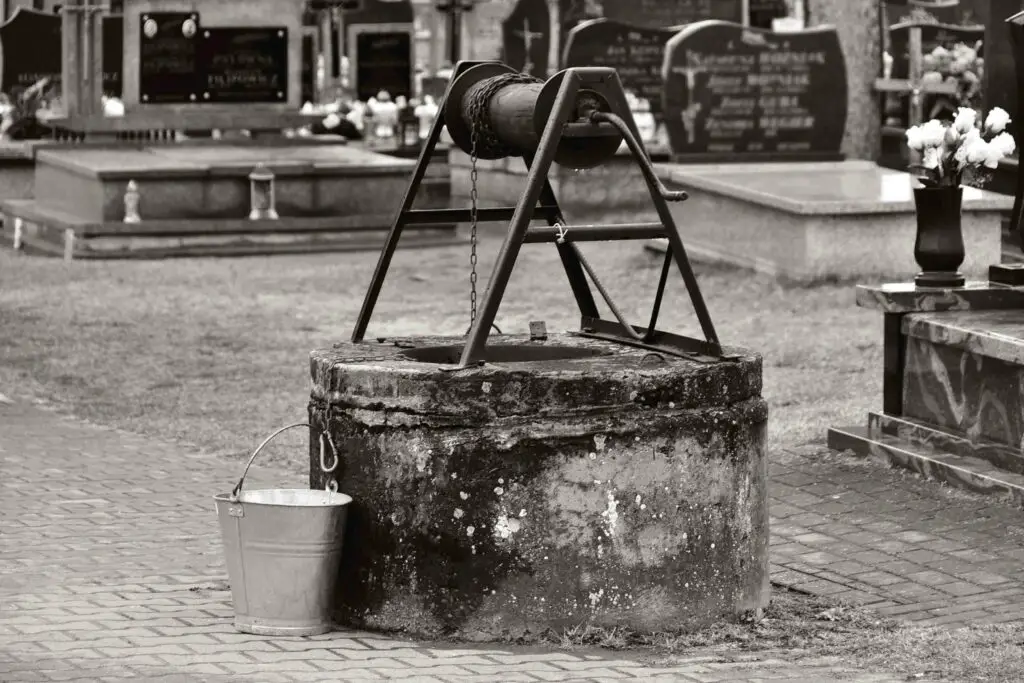
One unsettling belief was that spirits could taint the water. If someone died nearby, villagers feared their restless soul seeped into the well and made the water unsafe. A single bad-tasting sip might send panic rippling through the community. They believed drinking from such a well could cause sickness, curses, or even death. Families would abandon their wells entirely, choosing hardship over risk.
This myth was often tied to tragedies, like drownings or nearby murders. People connected illness to supernatural contamination instead of natural bacteria or pollution. In a way, it was their attempt to make sense of mysterious disease outbreaks. The eerie idea of spirits drifting through water kept many awake at night. And even after science offered better answers, the stories lingered, passed down as cautionary whispers.
3. The Well Witch
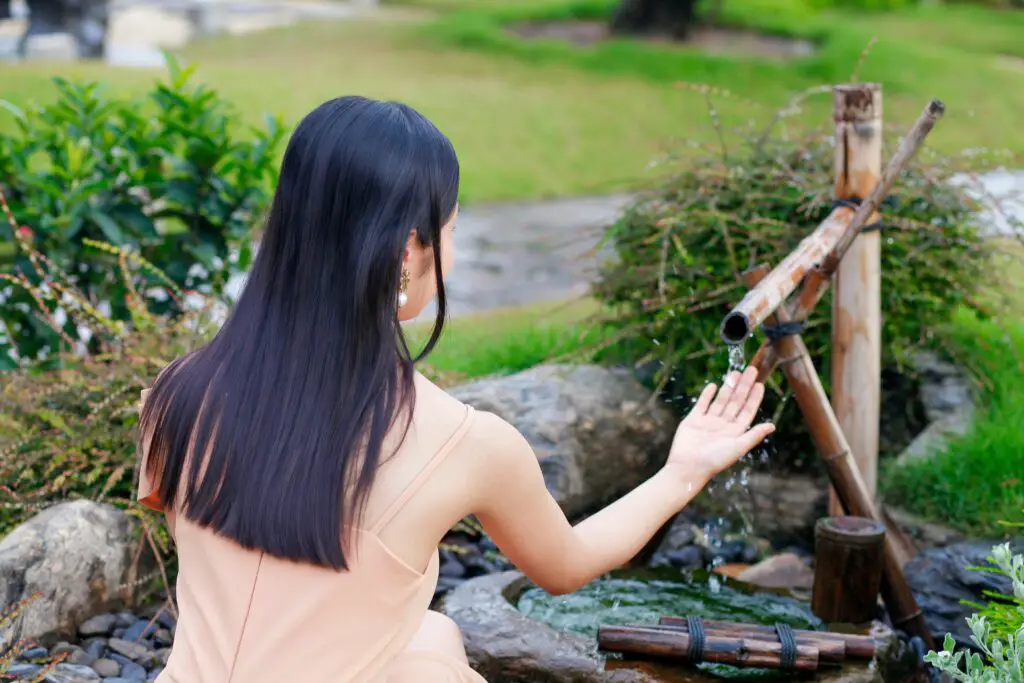
Folklore in some regions told of witches who lived beneath wells. They supposedly used mirrors of water to spy on villagers, cackling as they cursed their enemies. Children were warned never to peer too long into the dark surface, lest the witch drag them in. A cold draft of air rising from the depths was said to be her breath.
The witch’s legend grew stronger when misfortune struck. If crops failed or animals died, people blamed her for poisoning the source. Wells became both vital and dangerous, their necessity mixed with fear. Mothers told stories at bedtime to make kids wary of fetching water alone. In the end, the myth reinforced one truth—wells gave life, but they demanded respect.
4. The Sacrificial Well
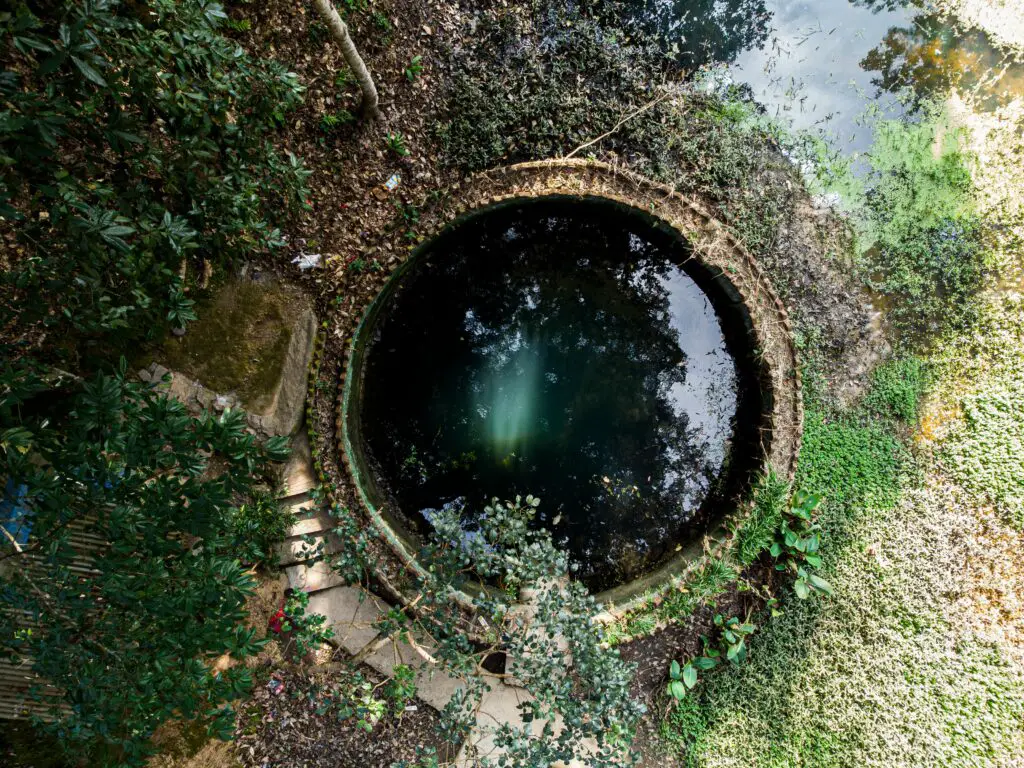
In some old tales, wells had to be “fed” to keep producing water. Villagers whispered that sacrifices, sometimes of animals and, in the darkest versions, children, were once tossed into the depths. People claimed these offerings appeased water spirits who controlled the flow. Any sign of drought brought back fears of what might be required.
Of course, most of these tales were more about keeping people fearful than reality. But the symbolism was powerful—life-giving water demanded a price. Stories of bones found near wells only fueled the fire, even if they belonged to animals that had simply fallen in. The myth blurred the line between necessity and horror. It left the unsettling impression that every sip might carry the weight of an old bargain.
5. The Whispering Well
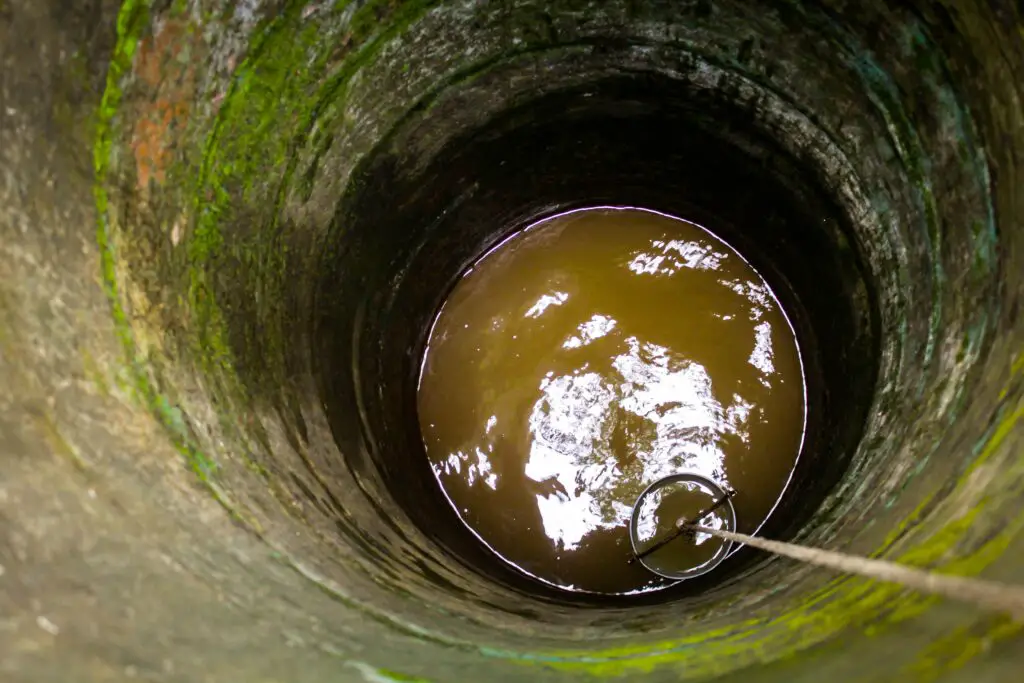
Many believed that wells could speak if you listened closely. Late at night, when the village was quiet, some swore they heard voices rising from the water. The whispers might sound like loved ones or strangers calling your name. People were warned not to answer, or they’d be lured into the depths.
These myths likely came from the natural echo of sound bouncing down the stone shaft. But to those living in silence and candlelight, it was haunting. Whispers in the dark suggested unseen presences always nearby. Some villagers even used the well as a crude oracle, asking questions and waiting for faint replies. It blurred superstition and survival, leaving a lasting chill on every late-night water trip.
6. The Well of Madness
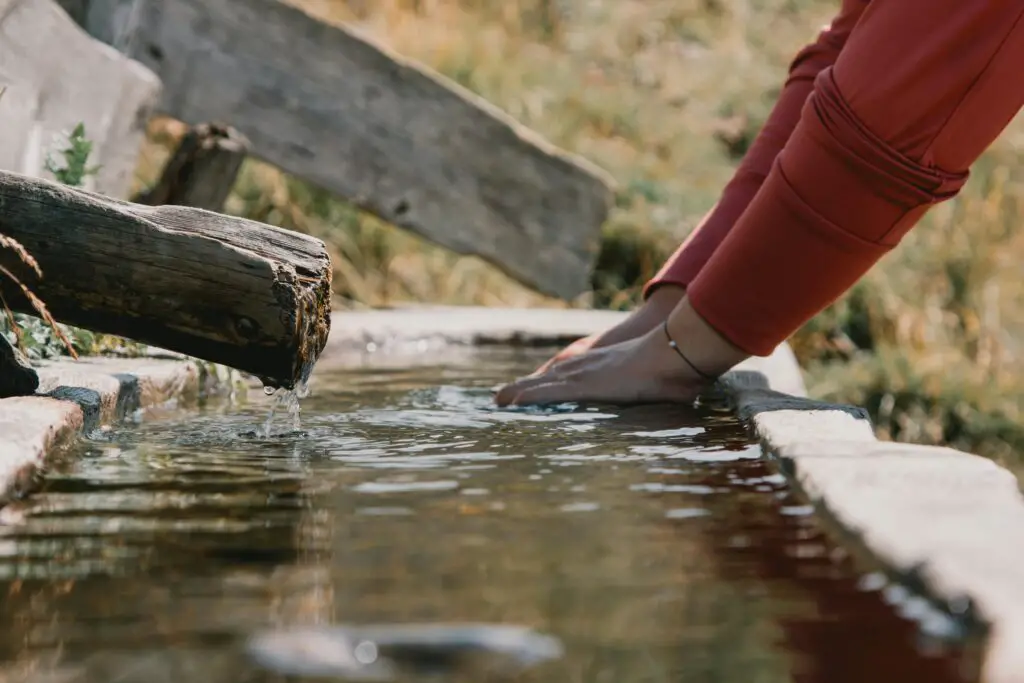
One creepy story claimed that some wells could drive a person insane. Drink too much, and you’d start hearing voices, seeing visions, or behaving strangely. Villagers thought the water itself carried curses or otherworldly influence. Madness spreading in a family was sometimes blamed on their well.
This myth had real roots, since contaminated water can cause illness affecting the mind. But without understanding toxins or bacteria, people filled in the blanks with horror. Some families moved away entirely, fearing the source of their sickness. Tales of sudden, violent behavior added to the fear. To neighbors, the idea that madness could bubble up from the ground was terrifying.
7. The Drowned Child

In many towns, people told of a child who had fallen into the well long ago. Their cries were said to echo from the depths forever, especially at night. Fetching water after dark meant risking a ghostly hand reaching up. Parents used the story to keep kids from wandering too close.
The drowned child myth struck a deep chord because it was believable. Wells were open, slippery, and genuinely dangerous for little ones. Real tragedies gave rise to legends that carried grief forward. Over time, the ghost story became both a warning and a way to explain the unexplainable. But the image of a child’s sobs rising with the water haunted communities for generations.
8. The Serpent in the Well

A frightening myth told of giant serpents lurking at the bottom. Villagers believed the creatures coiled in darkness, ready to strike anyone lowering a bucket. Sometimes, people swore they saw ripples or felt strange resistance on the rope. They imagined fangs, scales, and eyes glowing faintly in the depths.
Serpent myths appeared across many cultures, tied to water gods and primal fears. The snake represented danger in hidden places, and a well’s shadowy drop made a perfect setting. Any unusual movement or sound could be blamed on the lurking beast. These stories made every water-fetching chore feel like a gamble. Even if no one ever pulled up a snake, the fear itself was enough to keep imaginations alive.
9. The Well That Swallowed Time
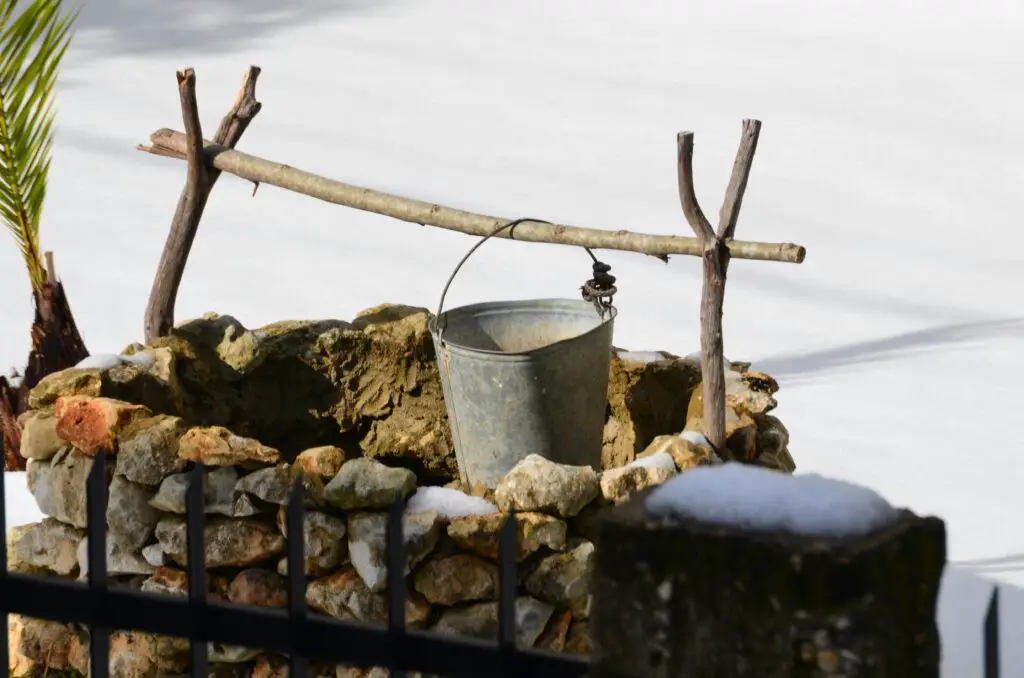
Some communities believed wells warped time. The tale went that if you stared into one too long, you’d lose track of hours—or even years. People claimed wanderers vanished after leaning in, only to return decades later, unchanged. It was like stepping into another realm, hidden beneath the surface.
This myth carried a mix of fascination and fear. Water has long been linked to portals and the unknown. A well, with its dark endlessness, was a natural stage for time-bending stories. The thought that an ordinary drink could pull you out of your world was unsettling. It gave wells a supernatural aura far beyond their simple use.
10. The Cursed Well
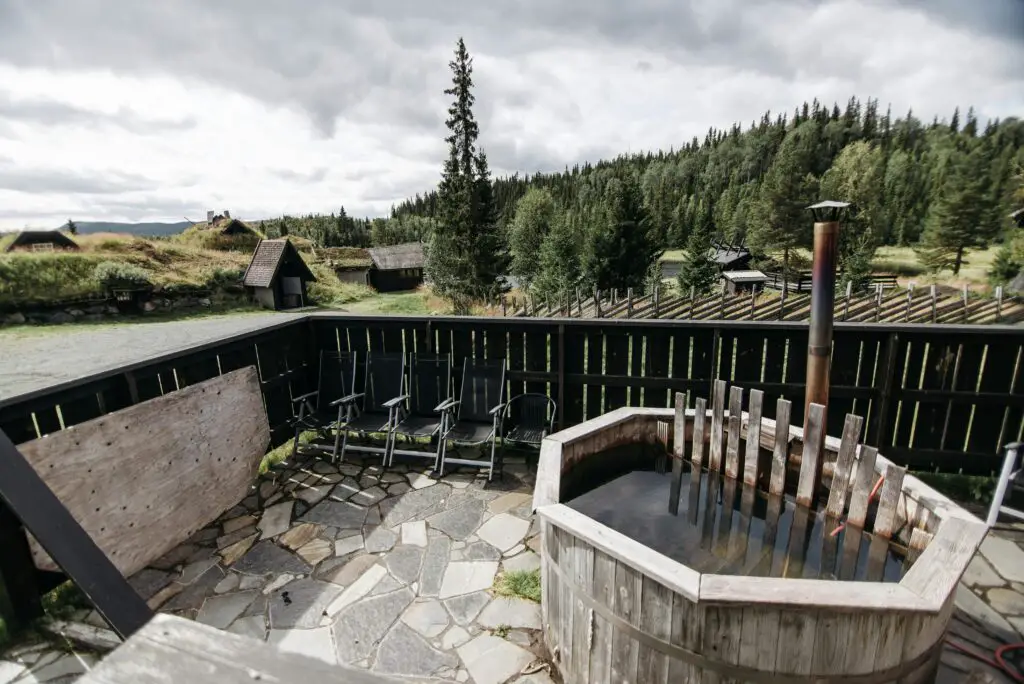
One common myth was that certain wells were cursed from the moment they were dug. Maybe the land had been sacred, or maybe blood was spilled during its creation. Whatever the cause, people said drinking the water brought misfortune. Crops might fail, livestock might sicken, or children might fall ill soon after.
These wells often stood abandoned, overgrown with weeds and avoided at all costs. People told their children never to play near them, convinced that even touching the stones brought bad luck. Sometimes, strangers moving in would unknowingly use the water and meet sudden hardship. The cursed well myth lingered as a reminder that some sources were never meant to be tapped.
11. The Face in the Water
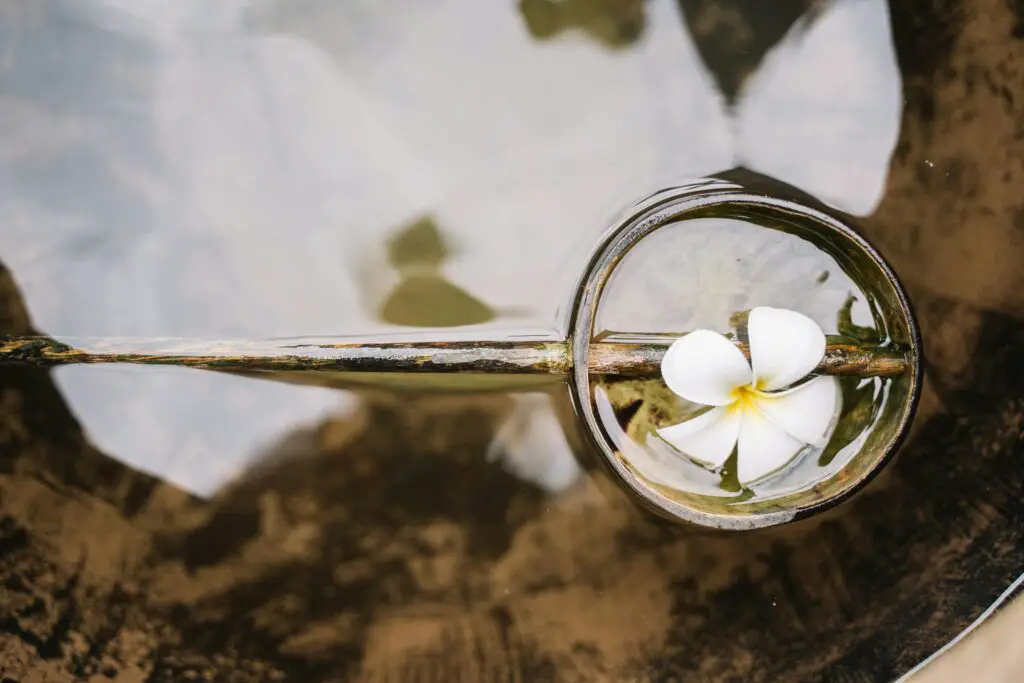
Another eerie belief was that if you looked into a well, you might not see your own reflection. Instead, a stranger’s face might appear in the ripples, staring back. Some said it was a sign of death, showing you who you’d meet in the afterlife. Others thought it meant spirits were watching.
This story had a simple trick of perception behind it. Shadows, flickering torches, or even ripples could distort reflections. But to villagers, the sudden glimpse of something unfamiliar was terrifying. People avoided leaning over wells for too long, fearing what might appear. The myth added an extra layer of unease to the everyday act of drawing water.
12. The Well as a Gateway
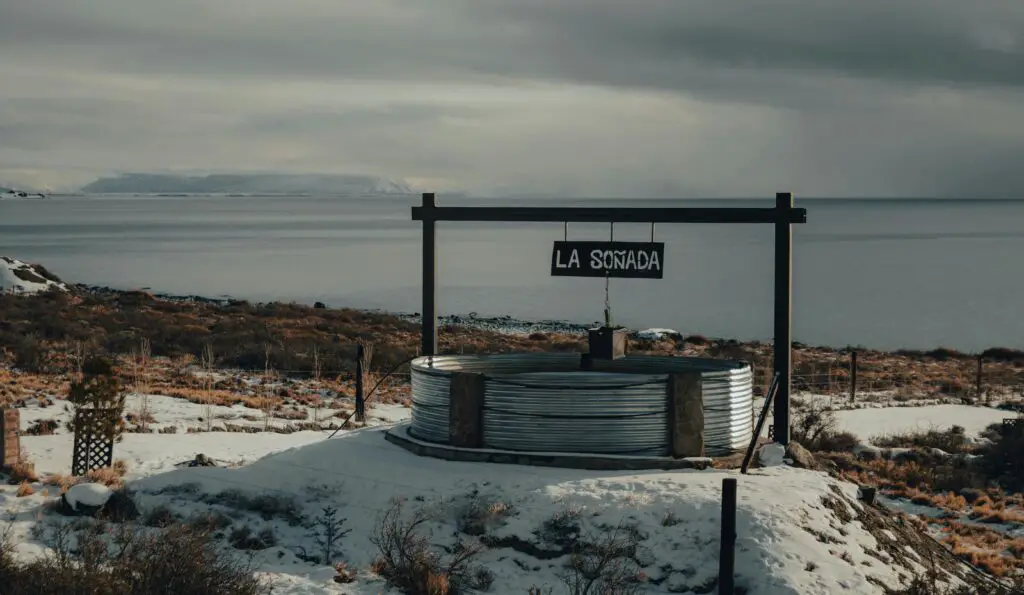
Finally, one of the oldest and most powerful myths was that wells served as doorways to other worlds. People imagined they led not just to water but to hidden realms beneath the earth. Some said the fairies or spirits who lived below could climb up, while others feared demons waiting to drag people down. Wells were seen as thin places, where reality wore thin.
These tales made wells into sacred, dangerous places. Rituals and offerings were sometimes left nearby to keep the gate sealed. Even practical villagers felt a little wary, knowing the stories their grandparents had told. The idea that the simple act of drawing water could brush against another world gave wells a mythic weight. And it explains why, for centuries, people never treated them as just holes in the ground.
